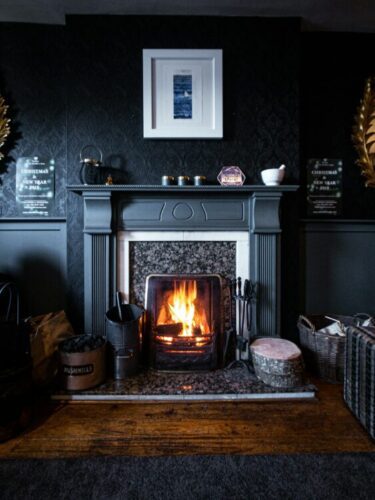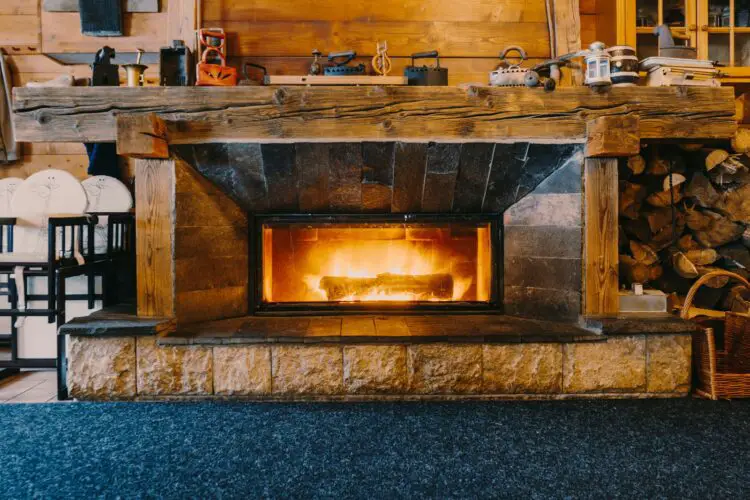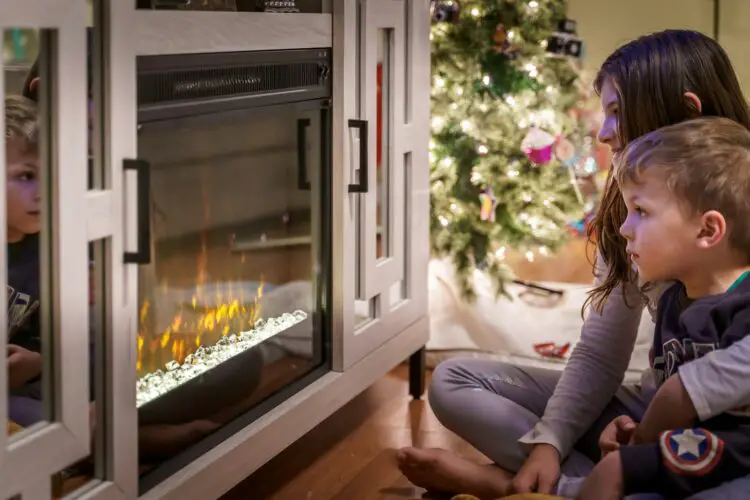Electric fireplaces have become increasingly popular as a convenient and aesthetically pleasing alternative to traditional wood-burning or gas fireplaces. However, with this rising popularity comes the need to address a crucial question: Are electric fireplaces safe? In this comprehensive exploration, we will delve into the safety aspects of electric fireplaces, examining their design features, potential hazards, and safety considerations for users. Understanding the safety features and potential risks associated with electric fireplaces is essential for making informed decisions about their installation and use in homes.
How Safe Are Electric Fireplaces?
Electric fireplaces are generally considered safe for use in homes, and they offer several features that contribute to their safety profile.
No Real Fire:
One of the primary safety advantages of electric fireplaces is the absence of an actual flame. Unlike traditional fireplaces that rely on combustible materials, electric fireplaces use LED lights and other technologies to create a realistic flame effect. This eliminates the risk of accidental fires, sparks, and embers that can pose a threat in conventional fireplaces.
No Harmful Byproducts:
Traditional fireplaces produce smoke, ash, and other byproducts that can be harmful when inhaled. Electric fireplaces, on the other hand, do not emit any harmful substances. They operate cleanly without the need for venting, making them a safer option for indoor use.
Heat is Artificially Generated:
Electric fireplaces generate heat through electric coils or infrared technology. The heating element is safely enclosed within the unit, eliminating the risks associated with open flames or hot surfaces. This makes electric fireplaces suitable for homes with pets and children.
No Need for Fresh Oxygen Supply:
Traditional fireplaces consume oxygen as they burn, potentially leading to poor indoor air quality. Electric fireplaces, however, do not require a fresh oxygen supply. They operate independently of the room’s air, ensuring that indoor air quality remains unaffected.
Can Be Switched Off Instantly:
Electric fireplaces offer instant control over the flame and heat settings. In case of an emergency or if you need to leave the room, you can turn off the fireplace immediately. This quick response time enhances safety and minimizes the risk of accidents.
Not Hot to the Touch:
The external surfaces of electric fireplaces are designed to remain cool to the touch, even when the unit is producing heat. This feature reduces the risk of burns or injuries, making electric fireplaces a safer option for households with curious children and pets.
What May Make an Electric Fireplace Unsafe?
While electric fireplaces are generally safe, certain factors can contribute to potential safety hazards.

Faulty or Malfunctioning Appliance:
Like any electrical device, an electric fireplace can pose risks if it malfunctions or experiences electrical issues. Regular maintenance and timely repairs are crucial to ensure that all components are functioning correctly.
Cheaper Models That Lack Safety Features:
Opting for extremely budget-friendly electric fireplaces may mean sacrificing essential safety features. It’s important to invest in a reputable brand and model that adheres to safety standards and includes features such as overheat protection and tip-over switches.
Lack of Air Circulation:
Inadequate air circulation around the electric fireplace can lead to overheating. Ensure that the unit has sufficient space for ventilation, and avoid placing objects on top of or near the appliance that could obstruct airflow.
Can You Safely Install an Electric Fire Yourself?
Installing an electric fireplace is generally considered safe for individuals with basic handyman skills. However, for those with limited experience or concerns about electrical work, it is advisable to seek professional installation. Certified electricians can ensure that the installation meets safety standards and local building codes.
More Safety Tips for Electric Fireplaces:
Using Electric Fireplaces on Carpet:
Placing an electric fireplace on a carpeted surface is generally safe, but it’s essential to follow the manufacturer’s guidelines regarding clearance and ventilation. Ensure that the unit is placed on a level and stable surface, and never cover the unit with rugs or carpets.
Leaving Electric Fireplaces on Overnight:
Many electric fireplaces are designed for extended use, including overnight operation. However, it’s crucial to follow the manufacturer’s recommendations regarding continuous operation to prevent overheating. Additionally, make sure the fireplace is turned off before leaving the house or going to bed.
 Is an Electric Fire Safe for Children?
Is an Electric Fire Safe for Children?
Electric fireplaces are generally safe for households with children due to their cool-touch exteriors and the absence of real flames. However, it’s important to supervise young children around the fireplace and educate them about the potential dangers associated with electrical appliances.
In conclusion, electric fireplaces are a safe and convenient alternative to traditional fireplaces, offering numerous advantages in terms of safety and ease of use. The absence of real flames, lack of harmful byproducts, and controlled heating elements make electric fireplaces suitable for a wide range of households. To ensure safety, it’s crucial to invest in a quality appliance, adhere to manufacturer guidelines, and address any maintenance issues promptly. Whether you’re considering an electric fireplace for its energy efficiency, aesthetics, or ease of installation, understanding and implementing safety measures will enhance your overall experience and provide peace of mind as you enjoy the warmth and ambiance of your electric fireplace.



 Is an Electric Fire Safe for Children?
Is an Electric Fire Safe for Children?